HANNAH BROWN: LAIN FALLOW FOR TOO LONG
21 April - 3 June 2017
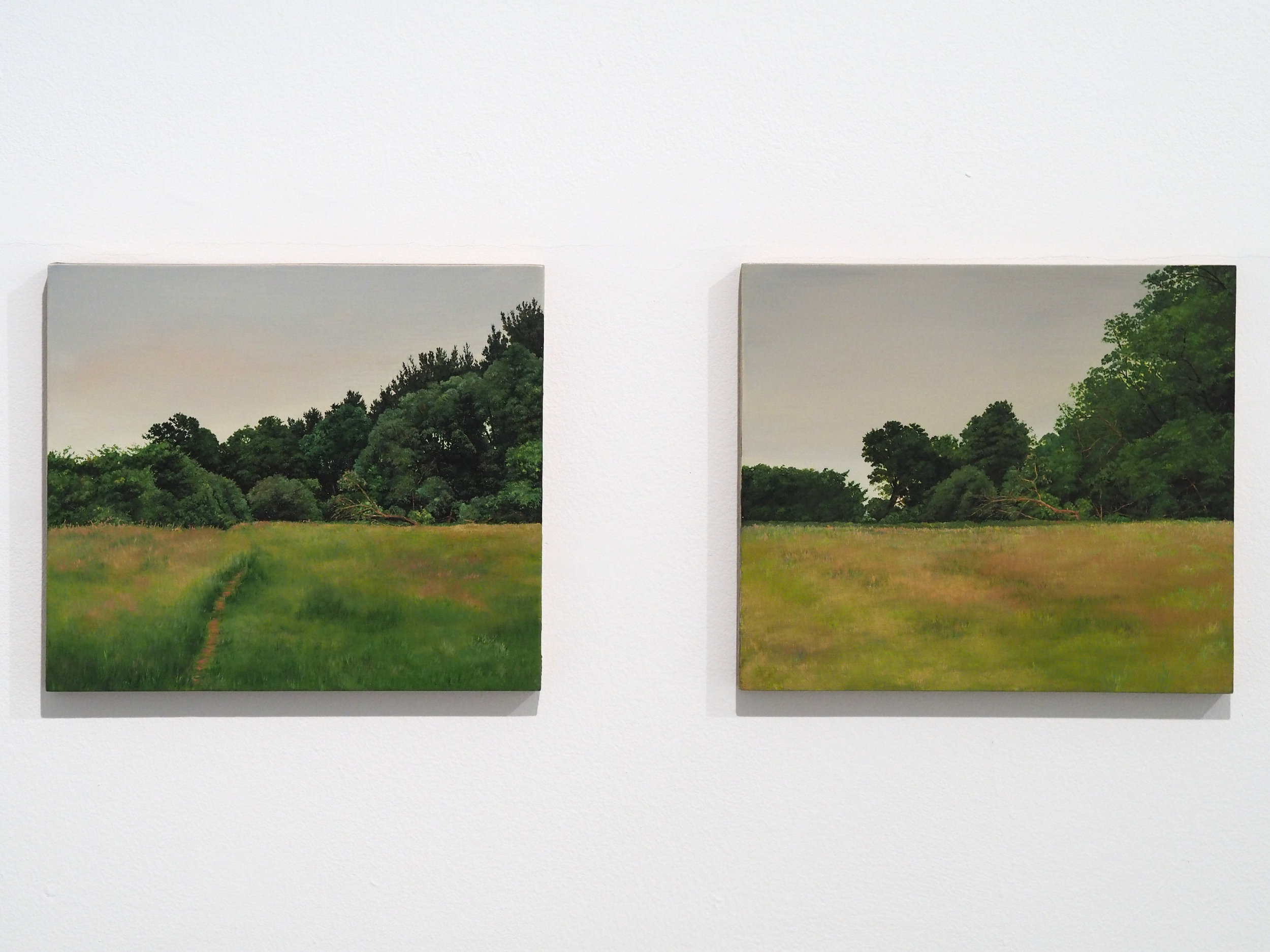
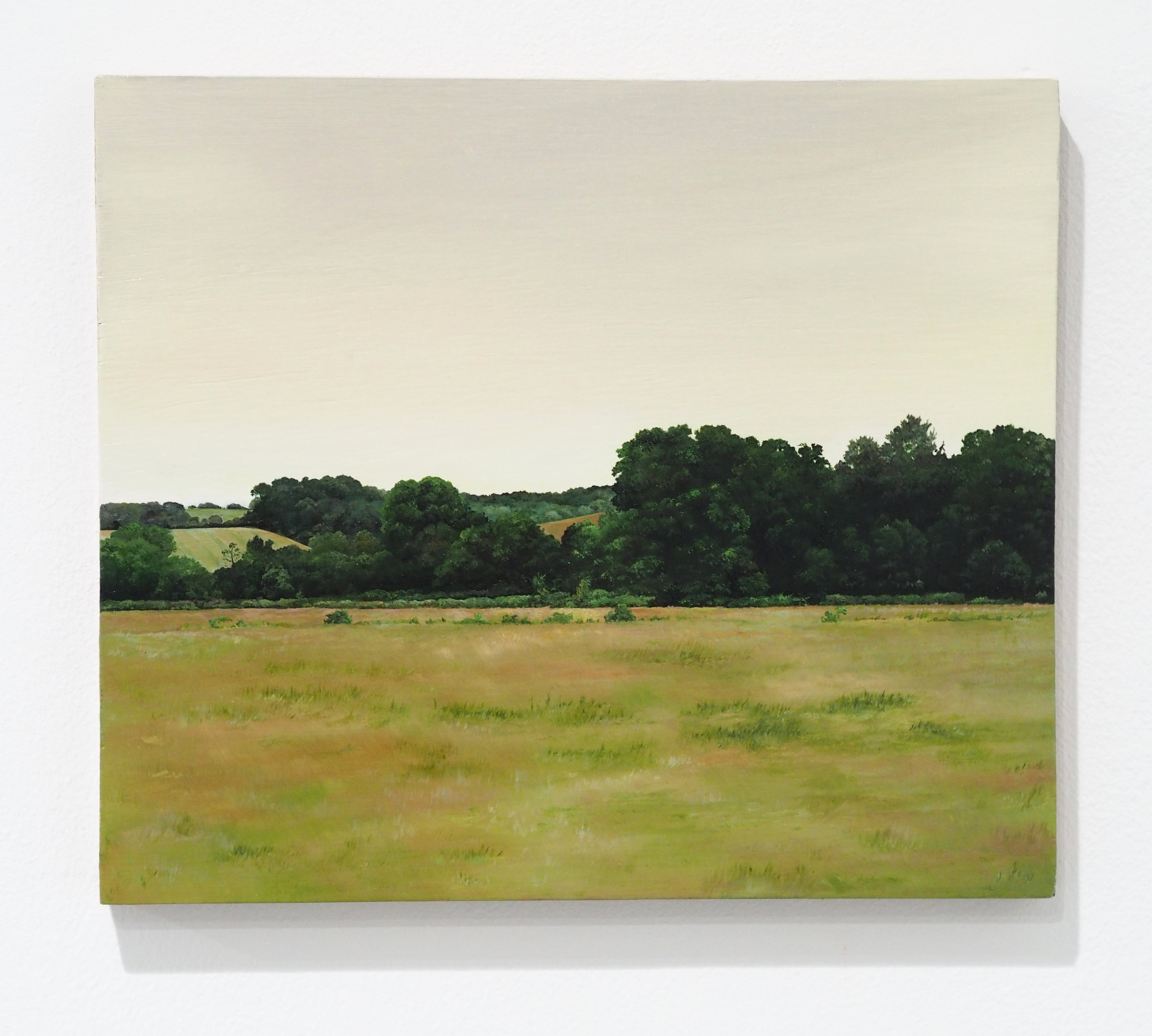
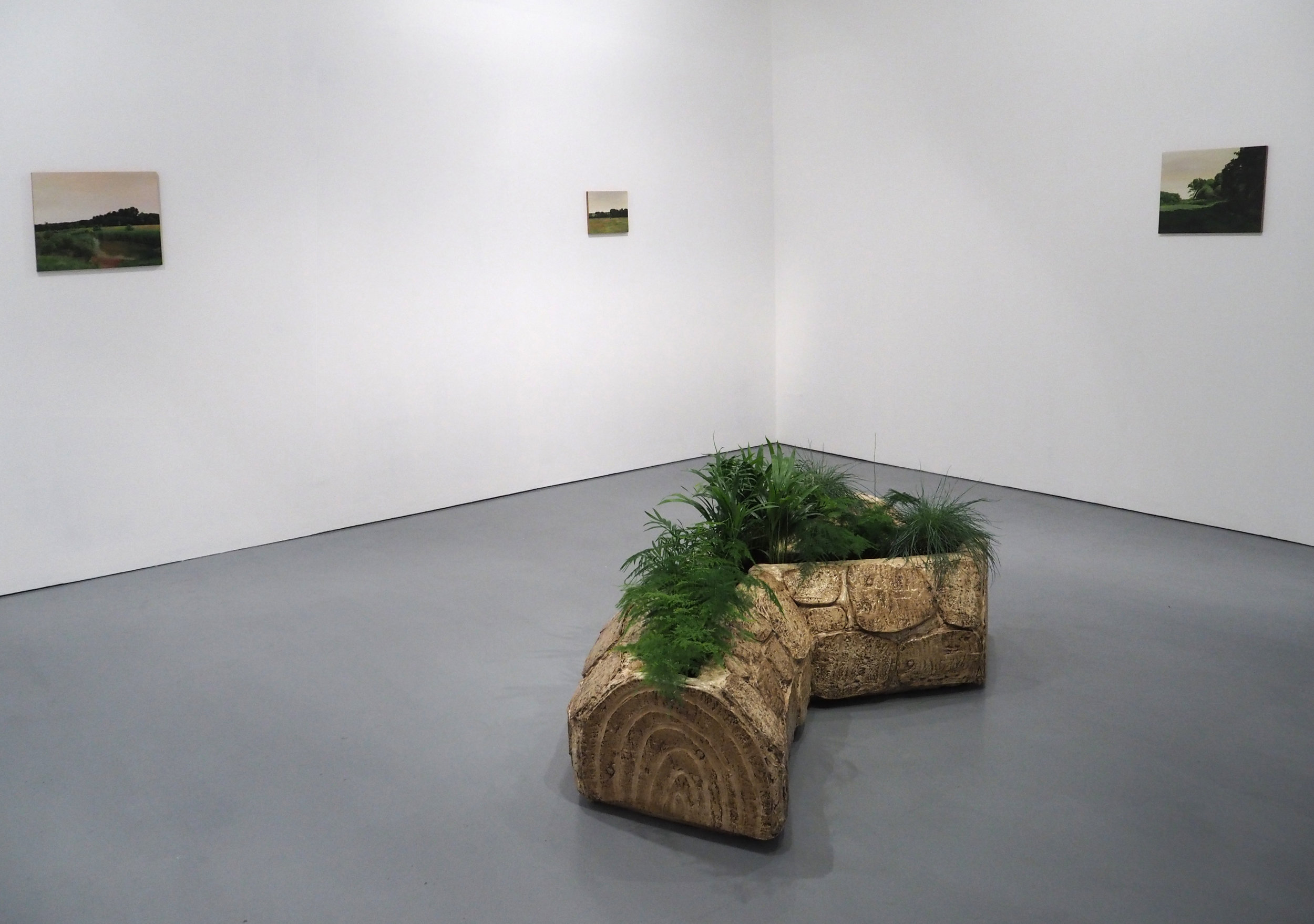
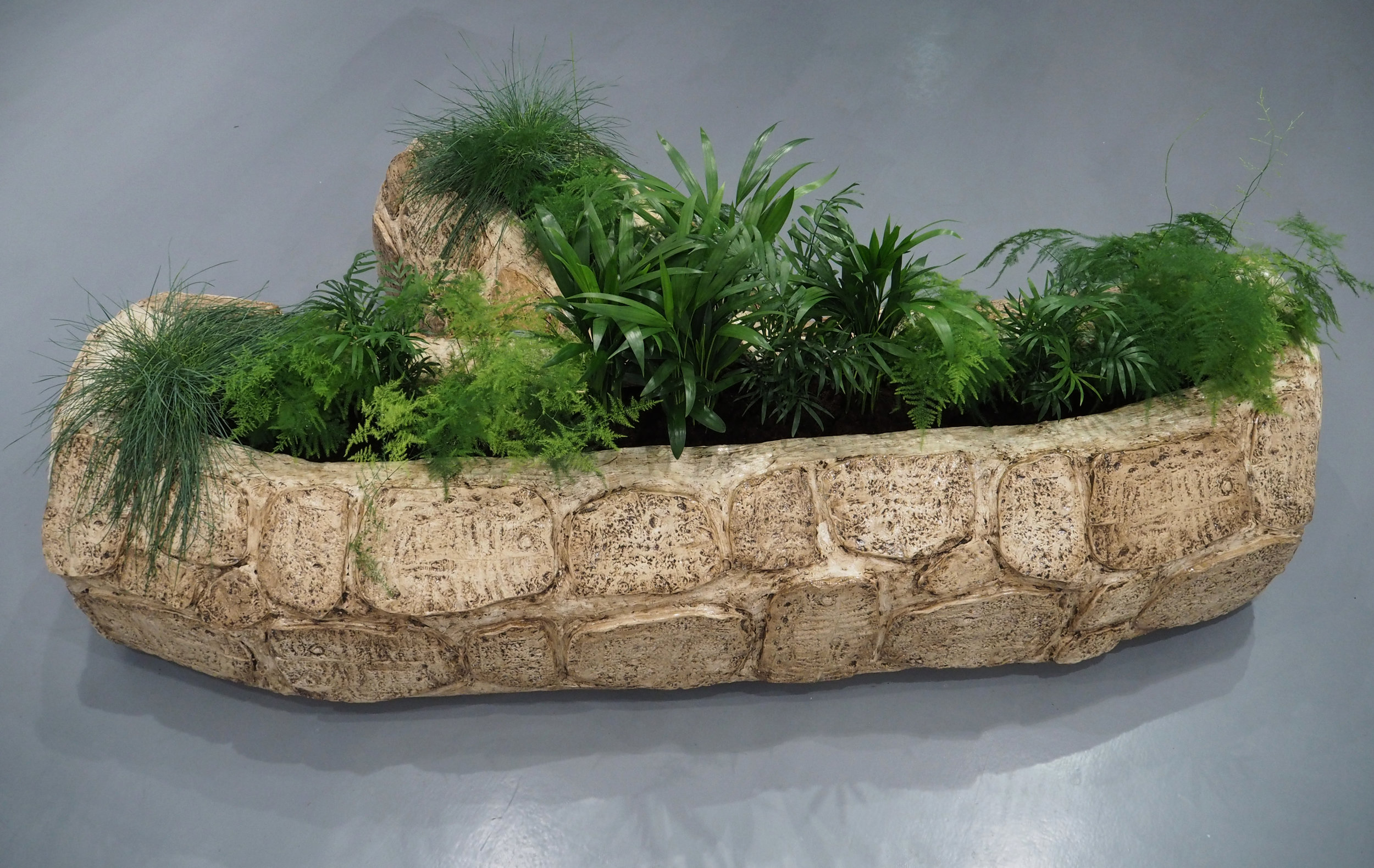
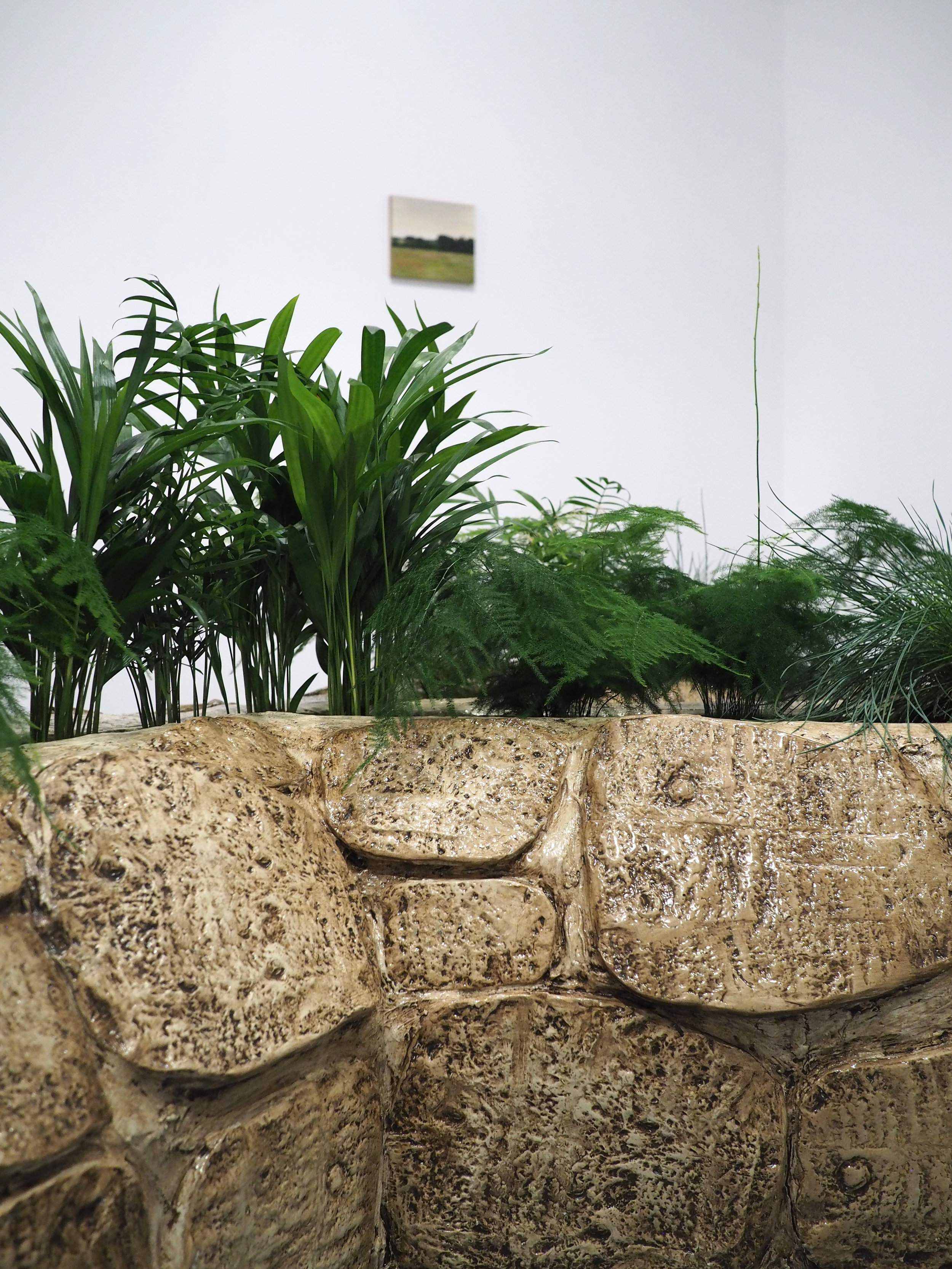
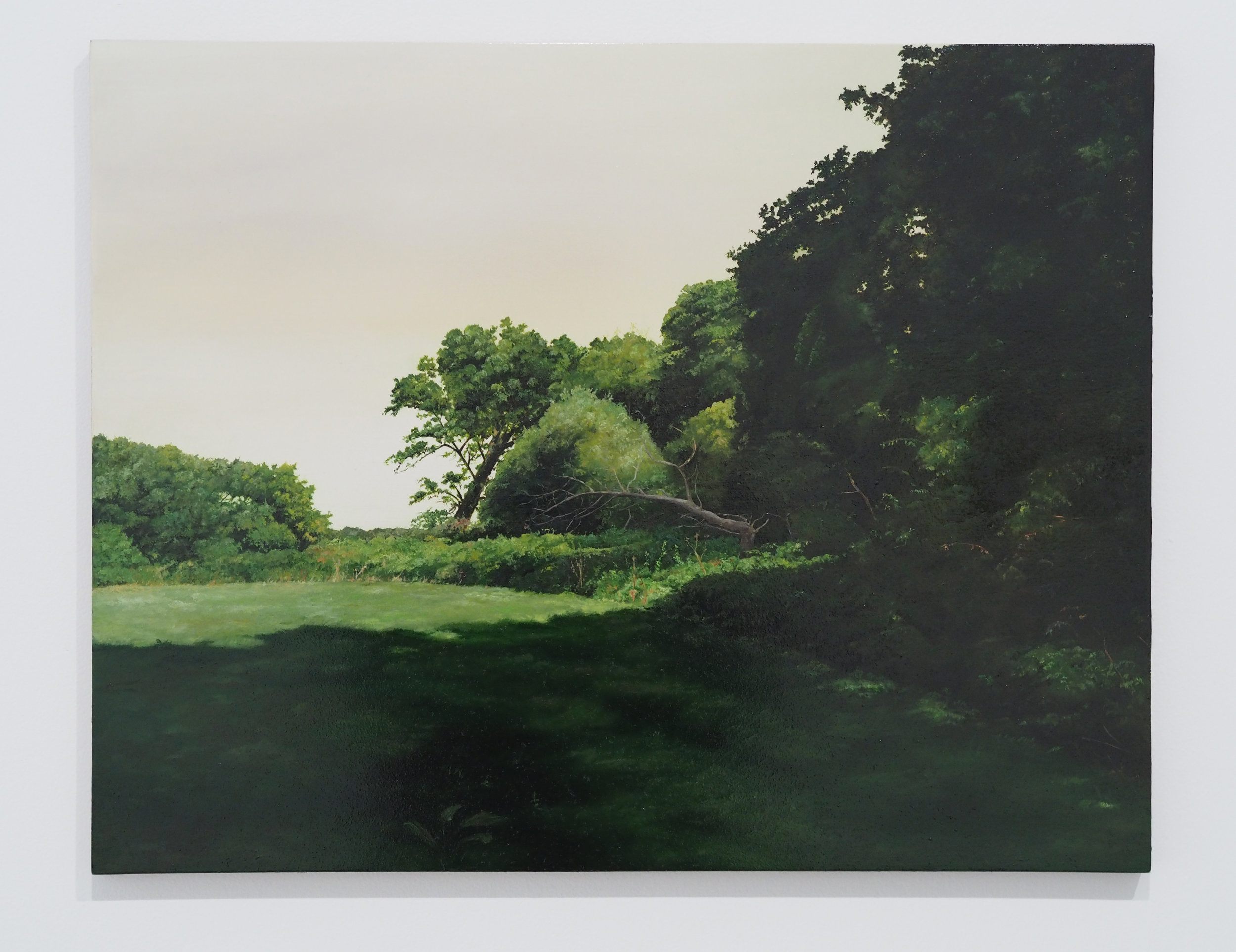
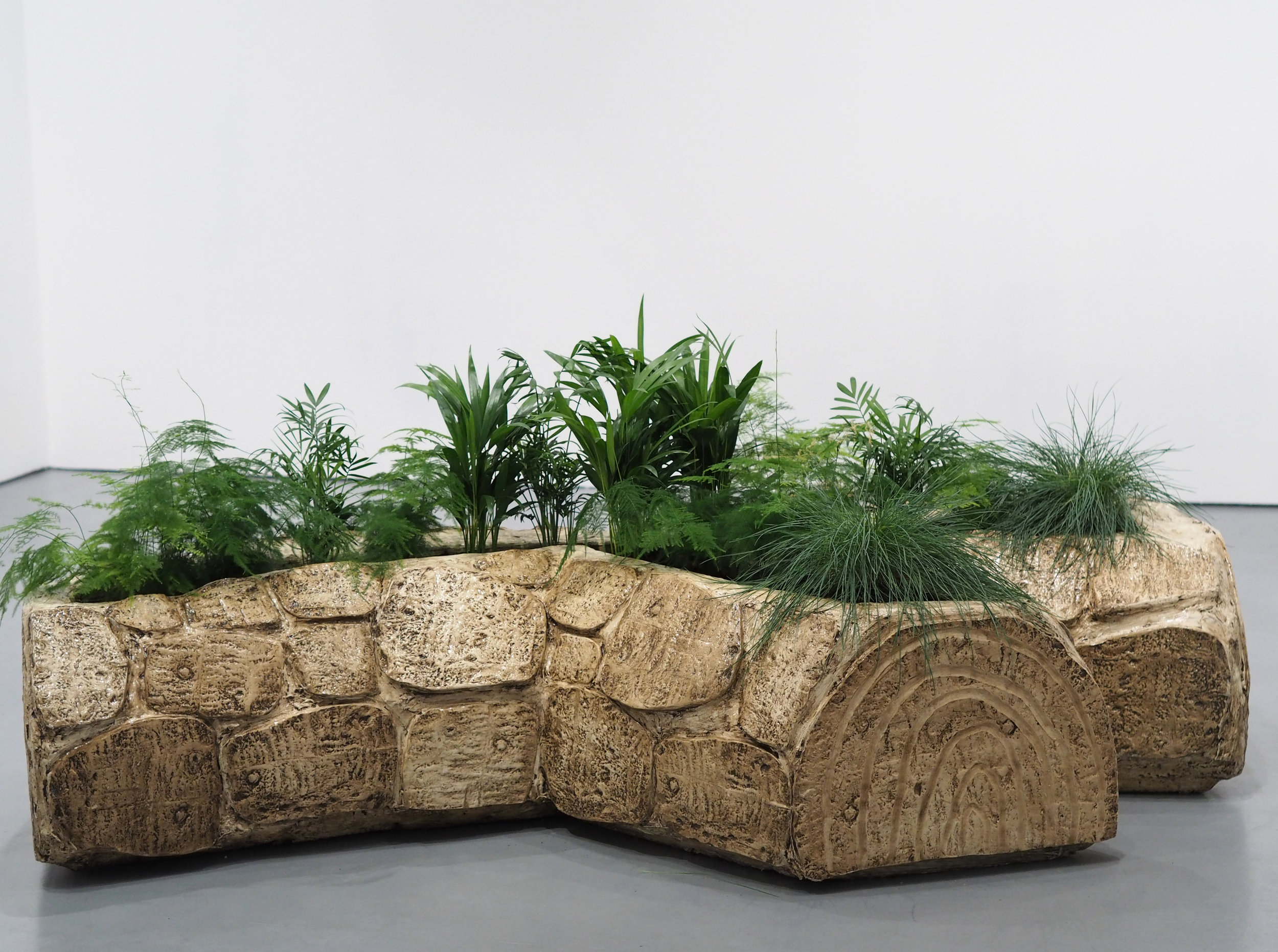
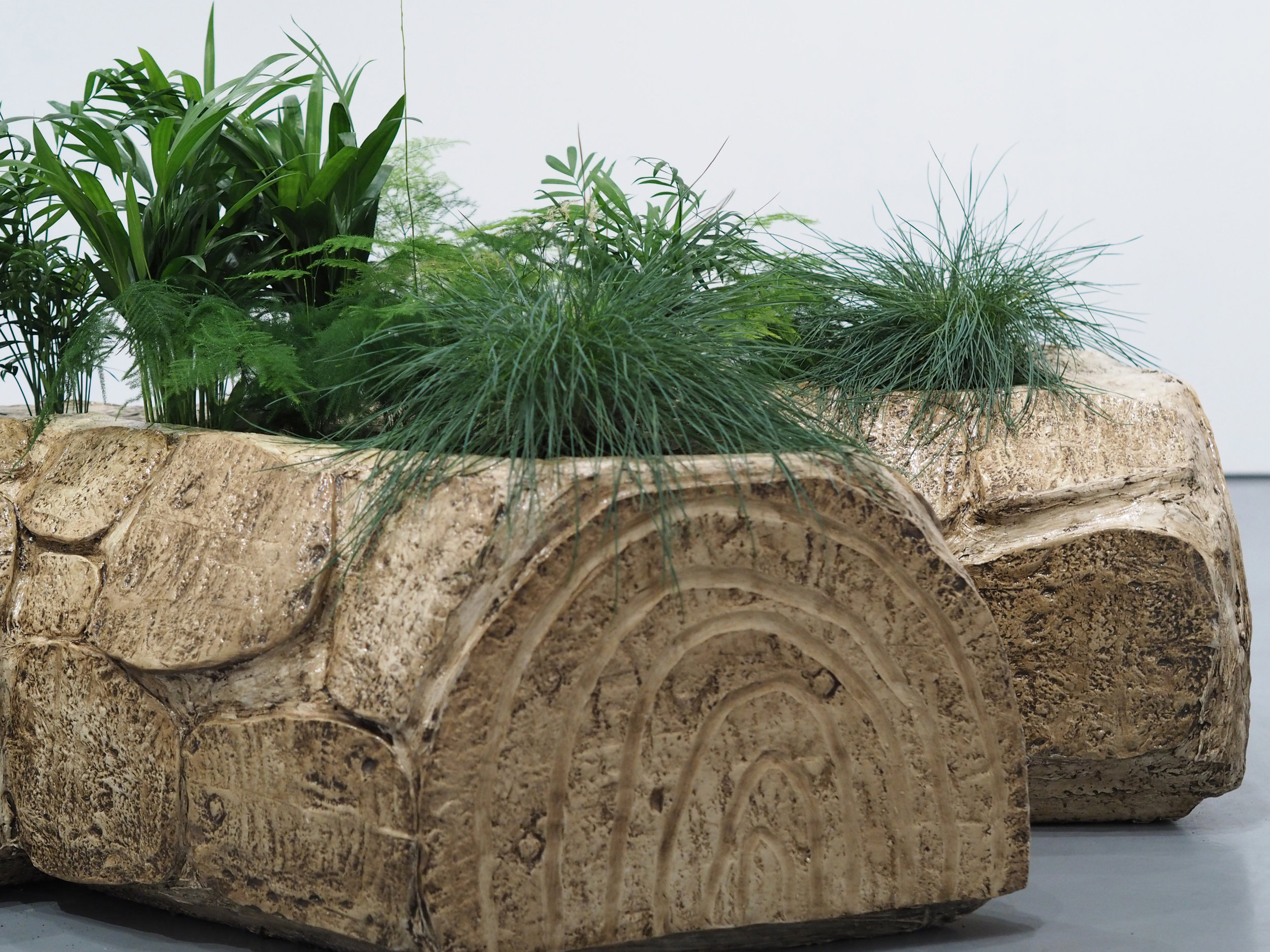
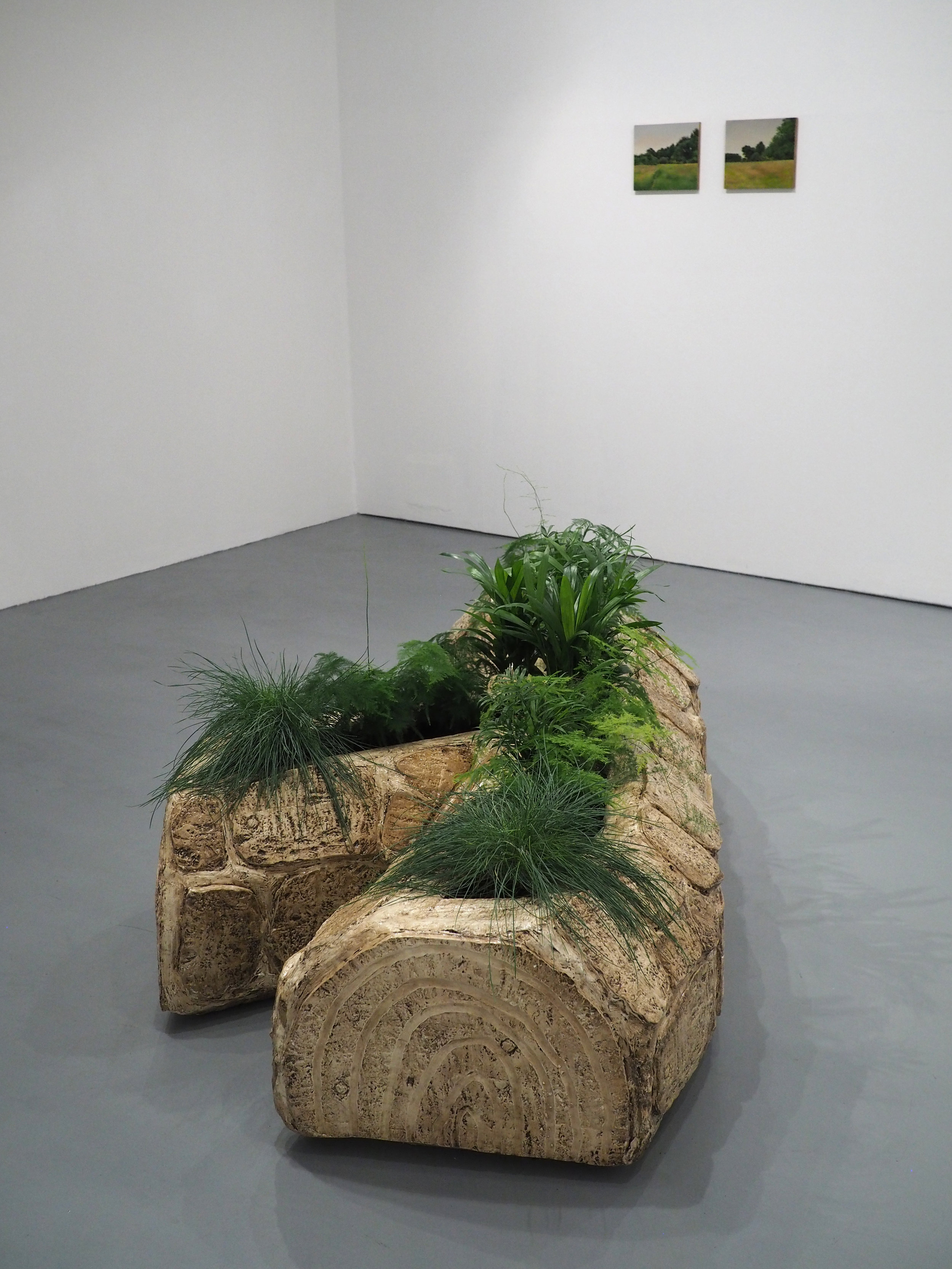
dalla Rosa is proud to present Lain fallow for too long, Hannah Brown’s solo exhibition gathering a new series of paintings and a large-scale sculpture. The title refers to the site depicted in Brown’s paintings, a 3.25 acre area on the outskirts of Crediton, a market town in mid Devon. The land is identified as Well Parks in official papers, but the artist knows it as ‘the field next to Tesco’ - a branch of the supermarket chain was built in 2009 on what was a larger area of unfarmed land.
Writing about this specific landscape the artist recalls: ‘I first became interested in the site while walking to another site on the edge of the town called Uton, which is far more picturesque and is known locally as a pleasant place to spend time next to the river Yeo. Well Parks on the other hand is largely ignored. A local business - an agricultural supply store - wishes to relocate to the site and the council has approved the proposal. The planning application includes the removal of a large oak tree. The local newspaper, the Crediton Courier, describes the site as having 'lain fallow for too long' and speaks of the local support for moving the store in order to build much needed larger premises and parking.’
‘I find the site interesting because of its in-betweenness; it's not cared for in the way a public area would be for recreational purposes, nor is it cultivated. Perhaps it is the knowledge that this area is on the cusp of change that drew me to paint it, or the changes that have already happened around it and altered the landscape in a small way. I wanted to make a record of this space as an acknowledgement of the changing landscape around a place that I know well. This is could be any town in Britain, as this event is repeated many hundreds of times over as towns continue to grow with the needs of the residents.’
Brown’s interest in overlooked and unappreciated elements of day-to-day life is also the starting point for a new sculpture based on a combination of two pieces of Hillstonia, a type of ceramic design by Moria pottery that was made in Staffordshire between the 1930s and 80s. Most of their products were utilitarian stoneware crocks, with design extending from medieval-style pitchers and more standard bowls to vessels intended as miniature planters for forced bulbs. Intrigued by Hillstonia log-shaped planters the artist recreated its organic structure returning it to its original size in nature, 12 times the size of the ceramic man-made planter. The expanded planter is filled with a mixture of plants including asparagus ferns, a plant that is currently enjoying popularity in interior design, although in some countries it is officially considered an invasive species.
About the Artist
Hannah Brown studied at Central Saint Martins before completing an MA in Sculpture at the Royal College of Art. Her work has been extensively shown in the UK and Europe and is held in public and private collections, including the Victoria & Albert Museum, the Irish State Art Collection, and the Barts Hospital Collection. Recent solo exhibitions include Not Just Yet at Cross Gallery (Dublin), The Winter Girls at the Milton Keynes Arts Centre and A Lane to the Land curated by PayneShurvell.
